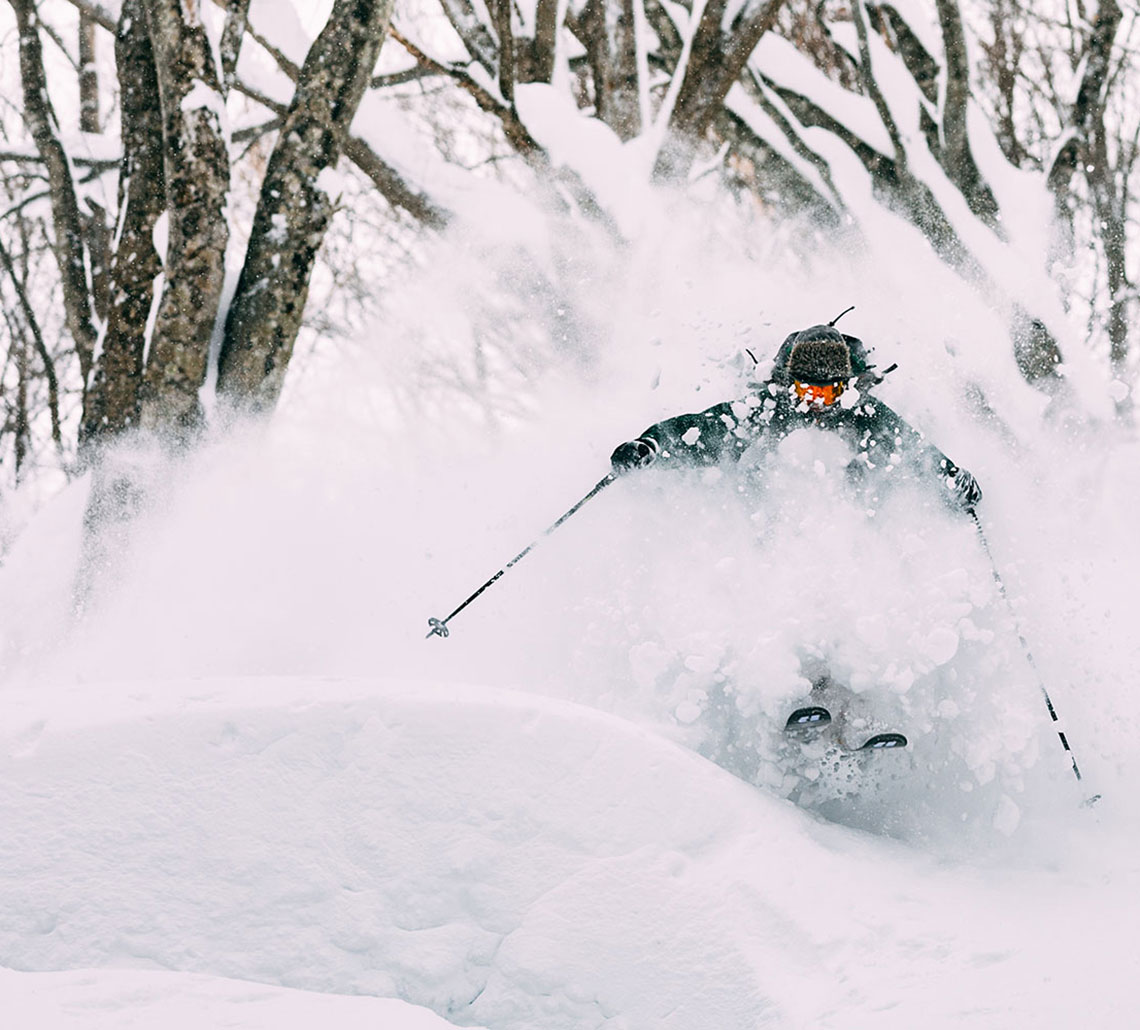Ski Pants
.
- - 40 %
 NorrønaLofoten Gore-Tex Insulated Ski Pants Caviar WomenMSRP 548,95 €329,35 €Available Sizes:L
NorrønaLofoten Gore-Tex Insulated Ski Pants Caviar WomenMSRP 548,95 €329,35 €Available Sizes:L
- - 40 %
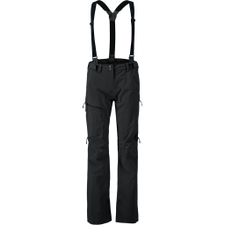 ScottExplorair 3L Ski Pants Black WomenMSRP 269,95 €161,95 €Available Sizes:SM
ScottExplorair 3L Ski Pants Black WomenMSRP 269,95 €161,95 €Available Sizes:SM
- - 40 %
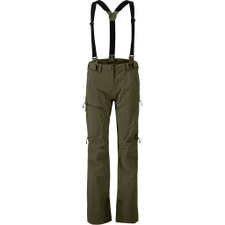 ScottExplorair 3L Ski Pants Fir Green WomenMSRP 269,95 €161,95 €Available Sizes:SL
ScottExplorair 3L Ski Pants Fir Green WomenMSRP 269,95 €161,95 €Available Sizes:SL
- - 40 %
 ScottExplorair 3L Ski Pants Cloud Pink WomenMSRP 269,95 €161,95 €Available Sizes:XSS
ScottExplorair 3L Ski Pants Cloud Pink WomenMSRP 269,95 €161,95 €Available Sizes:XSS
- - 40 %
 NorrønaLofoten Gore-Tex Pro Ski Pants Indigo Night WomenMSRP 648,95 €389,35 €Available Sizes:SL
NorrønaLofoten Gore-Tex Pro Ski Pants Indigo Night WomenMSRP 648,95 €389,35 €Available Sizes:SL
- - 40 %
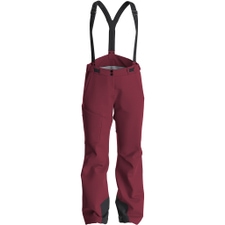 ScottExplorair 3L Ski Pants Wild Red WomenMSRP 269,95 €161,95 €Available Sizes:SM
ScottExplorair 3L Ski Pants Wild Red WomenMSRP 269,95 €161,95 €Available Sizes:SM
- - 40 %
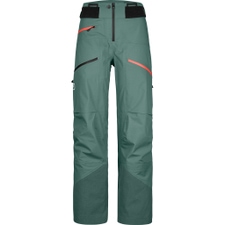 Ortovox3L Deep Shell Ski Pants Arctic Grey WomenMSRP 549,95 €329,95 €Available Sizes:M
Ortovox3L Deep Shell Ski Pants Arctic Grey WomenMSRP 549,95 €329,95 €Available Sizes:M
- - 40 %
 PatagoniaSnowdrifter Skiing Pants Nouveau Green MenMSRP 419,95 €251,95 €Available Sizes:SXL
PatagoniaSnowdrifter Skiing Pants Nouveau Green MenMSRP 419,95 €251,95 €Available Sizes:SXL
- - 40 %
 ScottExplorair 3L Ski Pants Dust White MenMSRP 269,95 €161,95 €Available Sizes:XL
ScottExplorair 3L Ski Pants Dust White MenMSRP 269,95 €161,95 €Available Sizes:XL
- - 40 %
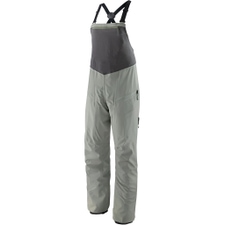 PatagoniaSnowdrifter Skiing Pants Sleet Green WomenMSRP 419,95 €251,95 €Available Sizes:ML
PatagoniaSnowdrifter Skiing Pants Sleet Green WomenMSRP 419,95 €251,95 €Available Sizes:ML
- - 40 %
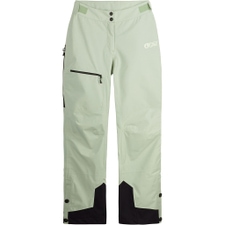 PictureSylva 3L Ski-/Snowboard Pants Desert Sage WomenMSRP 264,95 €158,95 €Available Sizes:XS
PictureSylva 3L Ski-/Snowboard Pants Desert Sage WomenMSRP 264,95 €158,95 €Available Sizes:XS
- - 40 %
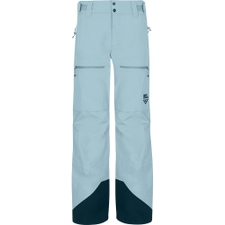 Black CrowsFreebird Xpore Hardshell Ski Pants Stone Blue WomenMSRP 549,95 €329,95 €Available Sizes:L
Black CrowsFreebird Xpore Hardshell Ski Pants Stone Blue WomenMSRP 549,95 €329,95 €Available Sizes:L - - 40 %
 Black CrowsOra Body Map Ski Pants Stone Blue MenMSRP 499,95 €299,95 €Available Sizes:S
Black CrowsOra Body Map Ski Pants Stone Blue MenMSRP 499,95 €299,95 €Available Sizes:S - - 40 %
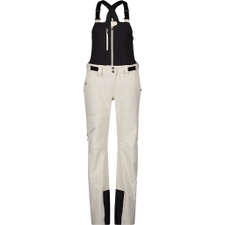 ScottVertic 3L Ski Pants Dust White WomenMSRP 329,95 €197,95 €Available Sizes:SL
ScottVertic 3L Ski Pants Dust White WomenMSRP 329,95 €197,95 €Available Sizes:SL
- - 40 %
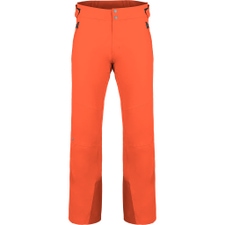 KjusFormula Ski Pants Kjus Orange MenMSRP 528,95 €317,35 €Available Sizes:54
KjusFormula Ski Pants Kjus Orange MenMSRP 528,95 €317,35 €Available Sizes:54 - - 40 %
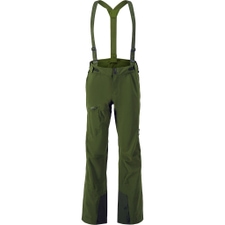 ScottExplorair 3L Ski Pants Fir Green MenMSRP 269,95 €161,95 €Available Sizes:XL
ScottExplorair 3L Ski Pants Fir Green MenMSRP 269,95 €161,95 €Available Sizes:XL
- - 40 %
 Ortovox3L Deep Shell Bib Ski Pants Black Raven WomenMSRP 599,95 €359,95 €Available Sizes:M
Ortovox3L Deep Shell Bib Ski Pants Black Raven WomenMSRP 599,95 €359,95 €Available Sizes:M
- - 40 %
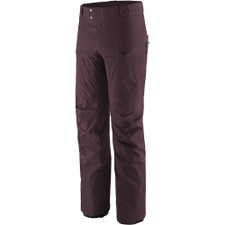 PatagoniaStormstride Skiing Pants Obsidian Plum MenMSRP 449,95 €269,95 €Available Sizes:S
PatagoniaStormstride Skiing Pants Obsidian Plum MenMSRP 449,95 €269,95 €Available Sizes:S
- - 40 %
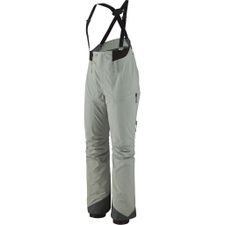 PatagoniaUntracked Skiing Pants Sleet Green WomenMSRP 649,95 €389,95 €Available Sizes:ML
PatagoniaUntracked Skiing Pants Sleet Green WomenMSRP 649,95 €389,95 €Available Sizes:ML
- - 40 %
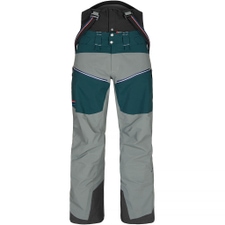 ElevenateBec de Rosses XI Ski Pants Gray Green MenMSRP 799,95 €479,95 €Available Sizes:XL
ElevenateBec de Rosses XI Ski Pants Gray Green MenMSRP 799,95 €479,95 €Available Sizes:XL - - 40 %
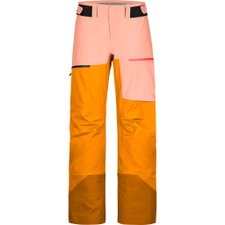 OrtovoxTested product 3L Ravine Ski Pants Autumn Leaves WomenMSRP 499,95 €299,95 €Available Sizes:SML
OrtovoxTested product 3L Ravine Ski Pants Autumn Leaves WomenMSRP 499,95 €299,95 €Available Sizes:SML
- - 40 %
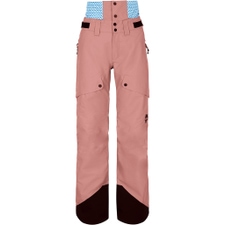 Black CrowsOra Body Map Ski Pants Old Rose WomenMSRP 499,95 €299,95 €Available Sizes:SL
Black CrowsOra Body Map Ski Pants Old Rose WomenMSRP 499,95 €299,95 €Available Sizes:SL - - 40 %
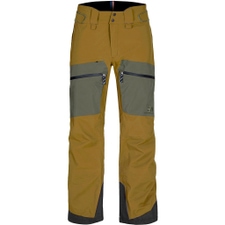 ElevenatePure Ski Pants Mustard Brown MenMSRP 599,95 €359,95 €Available Sizes:XL
ElevenatePure Ski Pants Mustard Brown MenMSRP 599,95 €359,95 €Available Sizes:XL - - 40 %
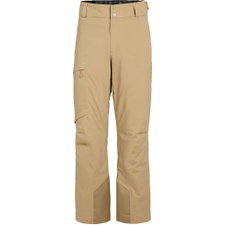 The Mountain StudioP-1 Gore-Tex 2L Stretch Ski Pants SandMSRP 499,95 €299,95 €Available Sizes:XL
The Mountain StudioP-1 Gore-Tex 2L Stretch Ski Pants SandMSRP 499,95 €299,95 €Available Sizes:XL - - 40 %
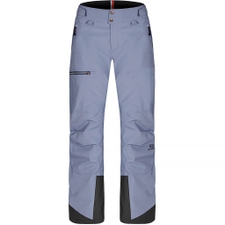 ElevenateArosa Ski Pants Stonewash WomenMSRP 499,95 €299,95 €Available Sizes:ML
ElevenateArosa Ski Pants Stonewash WomenMSRP 499,95 €299,95 €Available Sizes:ML
- - 40 %
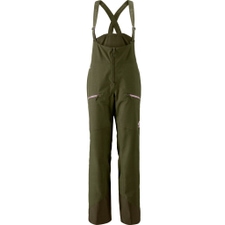 ScottVertic Gore-Tex 2L Ski Pants Fir Green WomenMSRP 399,95 €239,95 €Available Sizes:SM
ScottVertic Gore-Tex 2L Ski Pants Fir Green WomenMSRP 399,95 €239,95 €Available Sizes:SM
- - 40 %
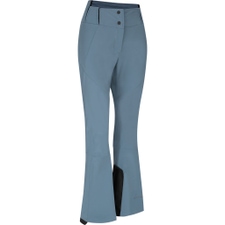 LaMuntMicol 2L Active Ski Pants Dark Antic Blue WomenMSRP 299,95 €179,95 €Available Sizes:3642
LaMuntMicol 2L Active Ski Pants Dark Antic Blue WomenMSRP 299,95 €179,95 €Available Sizes:3642
- - 40 %
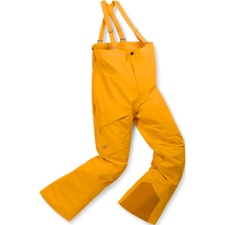 ArcteryxRush Bib Skiing Pants Edziza WomenMSRP 649,95 €389,95 €Available Sizes:101214
ArcteryxRush Bib Skiing Pants Edziza WomenMSRP 649,95 €389,95 €Available Sizes:101214
- - 40 %
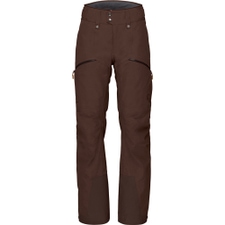 NorrønaTamok Gore-Tex Ski Pants Coffe Bean WomenMSRP 498,95 €299,35 €Available Sizes:L
NorrønaTamok Gore-Tex Ski Pants Coffe Bean WomenMSRP 498,95 €299,35 €Available Sizes:L
- - 40 %
 ElevenatePure Ski Pants Miami Blue WomenMSRP 599,95 €359,95 €Available Sizes:ML
ElevenatePure Ski Pants Miami Blue WomenMSRP 599,95 €359,95 €Available Sizes:ML - - 40 %
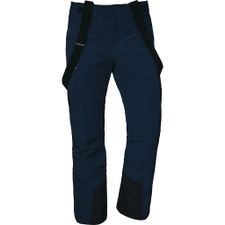 SchöffelScalottas Ski Pants Navy Blazer MenMSRP 349,95 €209,95 €Available Sizes:50
SchöffelScalottas Ski Pants Navy Blazer MenMSRP 349,95 €209,95 €Available Sizes:50 - - 40 %
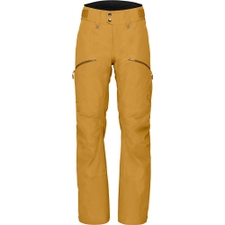 NorrønaTamok Gore-Tex Ski Pants Camelflage WomenMSRP 498,95 €299,35 €Available Sizes:L
NorrønaTamok Gore-Tex Ski Pants Camelflage WomenMSRP 498,95 €299,35 €Available Sizes:L
- - 40 %
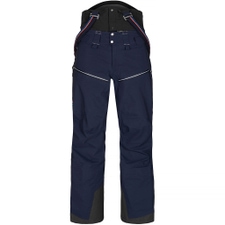 ElevenateBec de Rosses XI Ski Pants Dark Ink MenMSRP 799,95 €479,95 €Available Sizes:XL
ElevenateBec de Rosses XI Ski Pants Dark Ink MenMSRP 799,95 €479,95 €Available Sizes:XL - - 40 %
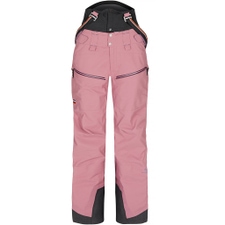 ElevenateBec de Rosses XI Ski Pants Berry Shake Pink WomenMSRP 799,95 €479,95 €Available Sizes:L
ElevenateBec de Rosses XI Ski Pants Berry Shake Pink WomenMSRP 799,95 €479,95 €Available Sizes:L - - 40 %
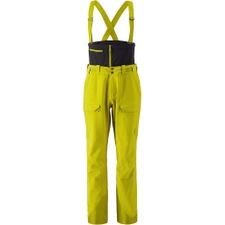 ScottTested product Vertic 3L Skiing Pants Savanna Green MenMSRP 329,95 €197,95 €Available Sizes:LXL
ScottTested product Vertic 3L Skiing Pants Savanna Green MenMSRP 329,95 €197,95 €Available Sizes:LXL
- - 40 %
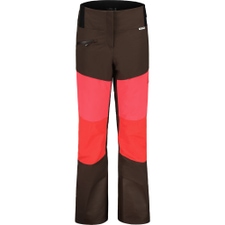 MalojaBlekovaM. Skiing Pants Chocolate WomenMSRP 349,95 €209,95 €Available Sizes:ML
MalojaBlekovaM. Skiing Pants Chocolate WomenMSRP 349,95 €209,95 €Available Sizes:ML
- - 40 %
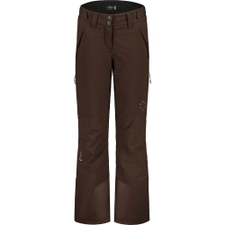 MalojaBerninaM. Skiing Pants Chocolate WomenMSRP 329,95 €197,95 €Available Sizes:L
MalojaBerninaM. Skiing Pants Chocolate WomenMSRP 329,95 €197,95 €Available Sizes:L
- - 40 %
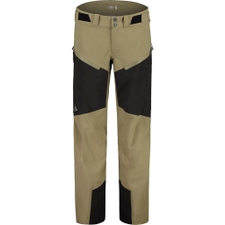 MalojaAldeinM. Skiing Pants Oak Multi MenMSRP 494,95 €296,95 €Available Sizes:XL
MalojaAldeinM. Skiing Pants Oak Multi MenMSRP 494,95 €296,95 €Available Sizes:XL
- - 20 %
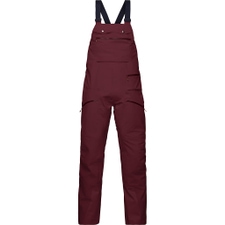 NorrønaTamok Performance Shell Bib Ski Pants Tawny Port MenMSRP 648,95 €518,95 €Available Sizes:MXL
NorrønaTamok Performance Shell Bib Ski Pants Tawny Port MenMSRP 648,95 €518,95 €Available Sizes:MXL
- - 40 %
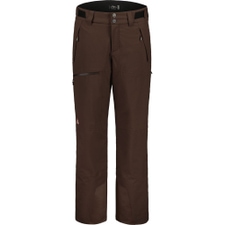 MalojaDumeniM. Skiing Pants Chocolate MenMSRP 369,95 €221,95 €Available Sizes:MXL
MalojaDumeniM. Skiing Pants Chocolate MenMSRP 369,95 €221,95 €Available Sizes:MXL
- - 40 %
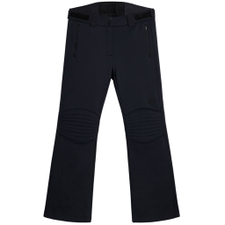 J.LindebergStanford Skiing Pants Black WomenMSRP 319,95 €191,95 €Available Sizes:L
J.LindebergStanford Skiing Pants Black WomenMSRP 319,95 €191,95 €Available Sizes:L - - 40 %
 ScottTested product Explorair 3L Ski Pants Cloud Pink WomenMSRP 269,95 €161,95 €Available Sizes:SML
ScottTested product Explorair 3L Ski Pants Cloud Pink WomenMSRP 269,95 €161,95 €Available Sizes:SML
- - 40 %
 J.LindebergClarke Ski Pants Black MenMSRP 299,95 €179,95 €Available Sizes:XXL
J.LindebergClarke Ski Pants Black MenMSRP 299,95 €179,95 €Available Sizes:XXL - - 40 %
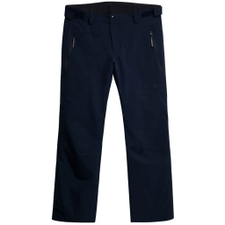 J.LindebergClarke Ski Pants JL Navy MenMSRP 299,95 €179,95 €Available Sizes:XL
J.LindebergClarke Ski Pants JL Navy MenMSRP 299,95 €179,95 €Available Sizes:XL - - 40 %
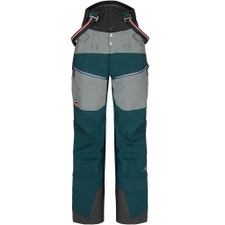 ElevenateBec de Rosses XI Ski Pants Wildwood Green WomenMSRP 799,95 €479,95 €Available Sizes:L
ElevenateBec de Rosses XI Ski Pants Wildwood Green WomenMSRP 799,95 €479,95 €Available Sizes:L - - 40 %
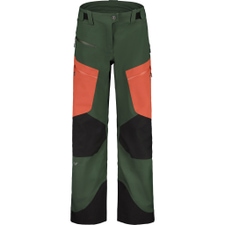 MalojaMuottasM. Skiing Pants Deep Forest Multi WomenMSRP 539,95 €323,95 €Available Sizes:SML
MalojaMuottasM. Skiing Pants Deep Forest Multi WomenMSRP 539,95 €323,95 €Available Sizes:SML
- - 40 %
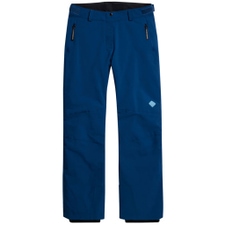 J.LindebergIsella Skiing Pants Estate Blue WomenMSRP 299,95 €179,95 €Available Sizes:XL
J.LindebergIsella Skiing Pants Estate Blue WomenMSRP 299,95 €179,95 €Available Sizes:XL - - 20 %
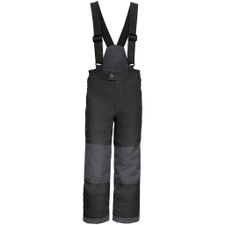 VaudeSnow Cup III Ski Pants Black KidsMSRP 89,95 €71,95 €Available Sizes:116152
VaudeSnow Cup III Ski Pants Black KidsMSRP 89,95 €71,95 €Available Sizes:116152
- - 20 %
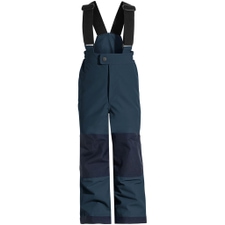 VaudeSnow Cup III Ski Pants Dark Sea KidsMSRP 89,95 €71,95 €Available Sizes:98104
VaudeSnow Cup III Ski Pants Dark Sea KidsMSRP 89,95 €71,95 €Available Sizes:98104
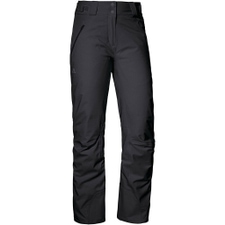 SchöffelWeissach Ski Pants Black Women199,95 €Available Sizes:1920212236
SchöffelWeissach Ski Pants Black Women199,95 €Available Sizes:1920212236
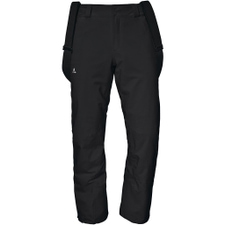 SchöffelWeissach Ski Pants Black Men199,95 €Available Sizes:23265658102
SchöffelWeissach Ski Pants Black Men199,95 €Available Sizes:23265658102
- - 23 %
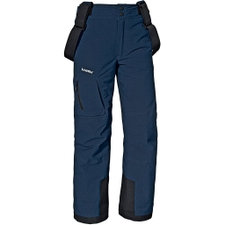 SchöffelJoran Ski Pants Navy Blazer KidsMSRP 129,95 €99,95 €Available Sizes:128
SchöffelJoran Ski Pants Navy Blazer KidsMSRP 129,95 €99,95 €Available Sizes:128 - - 40 %
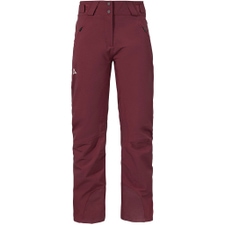 SchöffelWeissach Ski Pants Dark Burgundy WomenMSRP 199,95 €119,95 €Available Sizes:223646
SchöffelWeissach Ski Pants Dark Burgundy WomenMSRP 199,95 €119,95 €Available Sizes:223646 - - 33 %
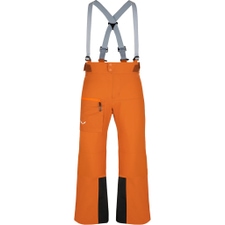 SalewaSella Powertex Tirolwool® Ski Pants Autumnal KidsMSRP 149,95 €99,95 €Available Sizes:104128
SalewaSella Powertex Tirolwool® Ski Pants Autumnal KidsMSRP 149,95 €99,95 €Available Sizes:104128
- - 20 %
 SchöffelJoran Ski Pants Black KidsMSRP 129,95 €103,95 €Available Sizes:128
SchöffelJoran Ski Pants Black KidsMSRP 129,95 €103,95 €Available Sizes:128 - - 50 %
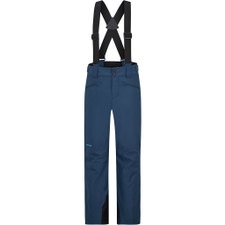 ZienerAxi Junior Ski Pants Hale Navy Stru KidsMSRP 109,95 €54,95 €Available Sizes:116
ZienerAxi Junior Ski Pants Hale Navy Stru KidsMSRP 109,95 €54,95 €Available Sizes:116
- - 40 %
 SchöffelWeissach Ski Pants Bright White WomenMSRP 199,95 €119,95 €Available Sizes:42
SchöffelWeissach Ski Pants Bright White WomenMSRP 199,95 €119,95 €Available Sizes:42
- - 40 %
 ScottUltimate Dryo 10 Ski Pants Aruba Green MenMSRP 219,95 €131,95 €Available Sizes:M
ScottUltimate Dryo 10 Ski Pants Aruba Green MenMSRP 219,95 €131,95 €Available Sizes:M
- - 40 %
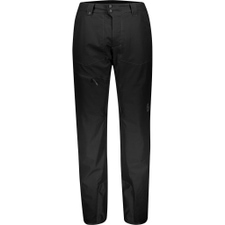 ScottUltimate Dryo 10 Ski Pants Black MenMSRP 219,95 €131,95 €Available Sizes:LXL
ScottUltimate Dryo 10 Ski Pants Black MenMSRP 219,95 €131,95 €Available Sizes:LXL
- - 33 %
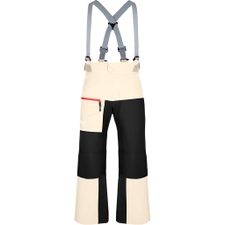 SalewaSella Powertex Tirolwool® Ski Pants Oatmeal KidsMSRP 149,95 €99,95 €Available Sizes:104140
SalewaSella Powertex Tirolwool® Ski Pants Oatmeal KidsMSRP 149,95 €99,95 €Available Sizes:104140
- - 50 %
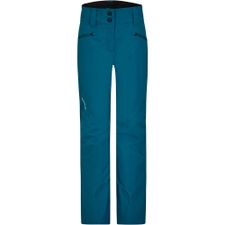 ZienerAlin jun Ski-/Snowboard Pants Blue Sea KidsMSRP 99,95 €50,00 €Available Sizes:104
ZienerAlin jun Ski-/Snowboard Pants Blue Sea KidsMSRP 99,95 €50,00 €Available Sizes:104
- - 50 %
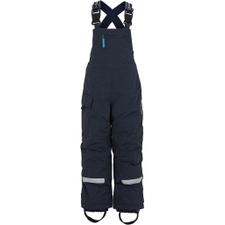 DidriksonsPolarbjörnen Ski Pants Navy KidsMSRP 99,95 €50,00 €Available Sizes:90
DidriksonsPolarbjörnen Ski Pants Navy KidsMSRP 99,95 €50,00 €Available Sizes:90
- - 70 %
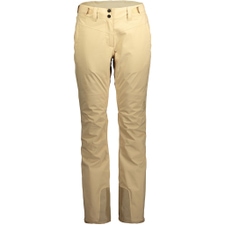 ScottUltimate Dryo 10 Ski Pants Cream Beige WomenMSRP 199,95 €59,95 €Available Sizes:L
ScottUltimate Dryo 10 Ski Pants Cream Beige WomenMSRP 199,95 €59,95 €Available Sizes:L - - 50 %
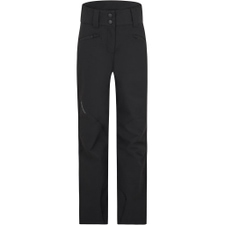 ZienerAlin Junior Ski Pants Black KidsMSRP 109,95 €54,95 €Available Sizes:176
ZienerAlin Junior Ski Pants Black KidsMSRP 109,95 €54,95 €Available Sizes:176
- - 50 %
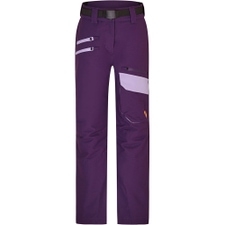 ZienerAileen Junior Ski Pants Dark Violet KidsMSRP 119,95 €59,95 €Available Sizes:164176
ZienerAileen Junior Ski Pants Dark Violet KidsMSRP 119,95 €59,95 €Available Sizes:164176
- - 50 %
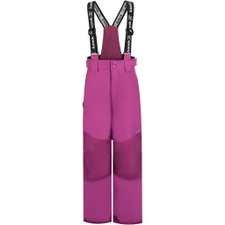 KamikBella Ski Pants Magenta KidsMSRP 89,95 €44,95 €Available Sizes:128
KamikBella Ski Pants Magenta KidsMSRP 89,95 €44,95 €Available Sizes:128 - - 31 %
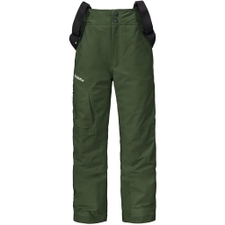 SchöffelJoran Ski Pants Loden Green KidsMSRP 129,95 €89,95 €Available Sizes:128176
SchöffelJoran Ski Pants Loden Green KidsMSRP 129,95 €89,95 €Available Sizes:128176 - - 40 %
 ScottUltimate Dryo 10 Ski Pants Wild Red WomenMSRP 219,95 €131,95 €Available Sizes:S
ScottUltimate Dryo 10 Ski Pants Wild Red WomenMSRP 219,95 €131,95 €Available Sizes:S
- - 31 %
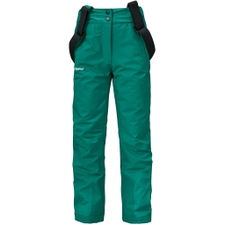 SchöffelJoran Ski Pants Psychotropical KidsMSRP 129,95 €89,95 €Available Sizes:128140152164
SchöffelJoran Ski Pants Psychotropical KidsMSRP 129,95 €89,95 €Available Sizes:128140152164 - - 50 %
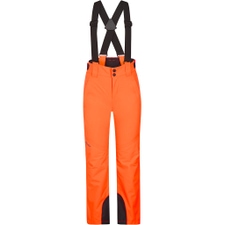 ZienerArisu jun Ski-/Snowboard Pants Poison orange KidsMSRP 99,95 €50,00 €Available Sizes:104
ZienerArisu jun Ski-/Snowboard Pants Poison orange KidsMSRP 99,95 €50,00 €Available Sizes:104
- - 20 %
 VaudeSnow Cup III Ski Pants Silt Brown KidsMSRP 89,95 €71,95 €Available Sizes:92104128152
VaudeSnow Cup III Ski Pants Silt Brown KidsMSRP 89,95 €71,95 €Available Sizes:92104128152
- - 40 %
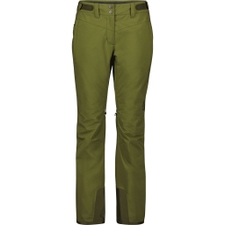 ScottUltimate Dryo 10 Ski Pants Fir Green WomenMSRP 219,95 €131,95 €Available Sizes:XS
ScottUltimate Dryo 10 Ski Pants Fir Green WomenMSRP 219,95 €131,95 €Available Sizes:XS



The first snowfall always makes us all excited more than ever. Now, the question is, do you have everything what it takes in your closet to fully enjoy the day on a ski hill?
Besides the ski jacket and ski gloves, the next essential piece of gear is definitely ski pants. Even though lower part of a body is more resistant and adaptable to changing weather conditions and definitely will withstand more than the upper body, you should never compromise on ski or snowboard pants. Blasting blizzard, sitting on a wet chairlift or sitting on a ground while strapping in your snowboard binding is no fun when it should result into being wet all day on a slope or just hiking. Therefore, here are some tips before you pick any men’s, women’s or kids ski or snowboard pants from our collection for your winter intended activities.
Before we move into categorizing winter pants, let’s clear out some things between ski and snowboard pants. Back in a day some brands focused only on skiing (e.g., Ortovox, Rossignol, Scott) and some only on snowboarding (Burton, Dakine, O’Neill). Even though some brands are still dedicated to its single sport, the fit is initial characteristic between ski and snowboards pants. Ski pants tend to be slimmer to keep the aerodynamic attribute of the pants and also having reinforced fabric by the ski boots area, which can otherwise be easily cut by ski edges (or crampons). On other hand, snowboard pants tend to be roomier for bending forward in your knees or sitting while strapping into your binding. Even though there are some main characteristics, nowadays most of outdoor brands don’t differentiate and rather manufacture more models of pants with different fit in order to cover demands of both snowboard and ski enthusiasts.
The following breakdown characteristics of pants can be applied to snowboard as well as ski pants depending on energy activity output. For certain winter activities some pants will work better than the others and in order to meet high demand of regular alpine skiers or thrilled powder seekers, pants should keep you warm and dry. This usually entails a water-proof as well as wind-proof and permeable (breathable) protective membrane that is bonded to a face fabric of the pants (i.e. Gore-tex, Hyvent, eVent, Outdry, etc.), however, bear in mind not all pants are fully waterproof (i.e., softshell pants)- as in fully taped seams instead of regular stitching where water will eventually seep through. Remember, each brand should state what waterproofing system or construction they use in their products.
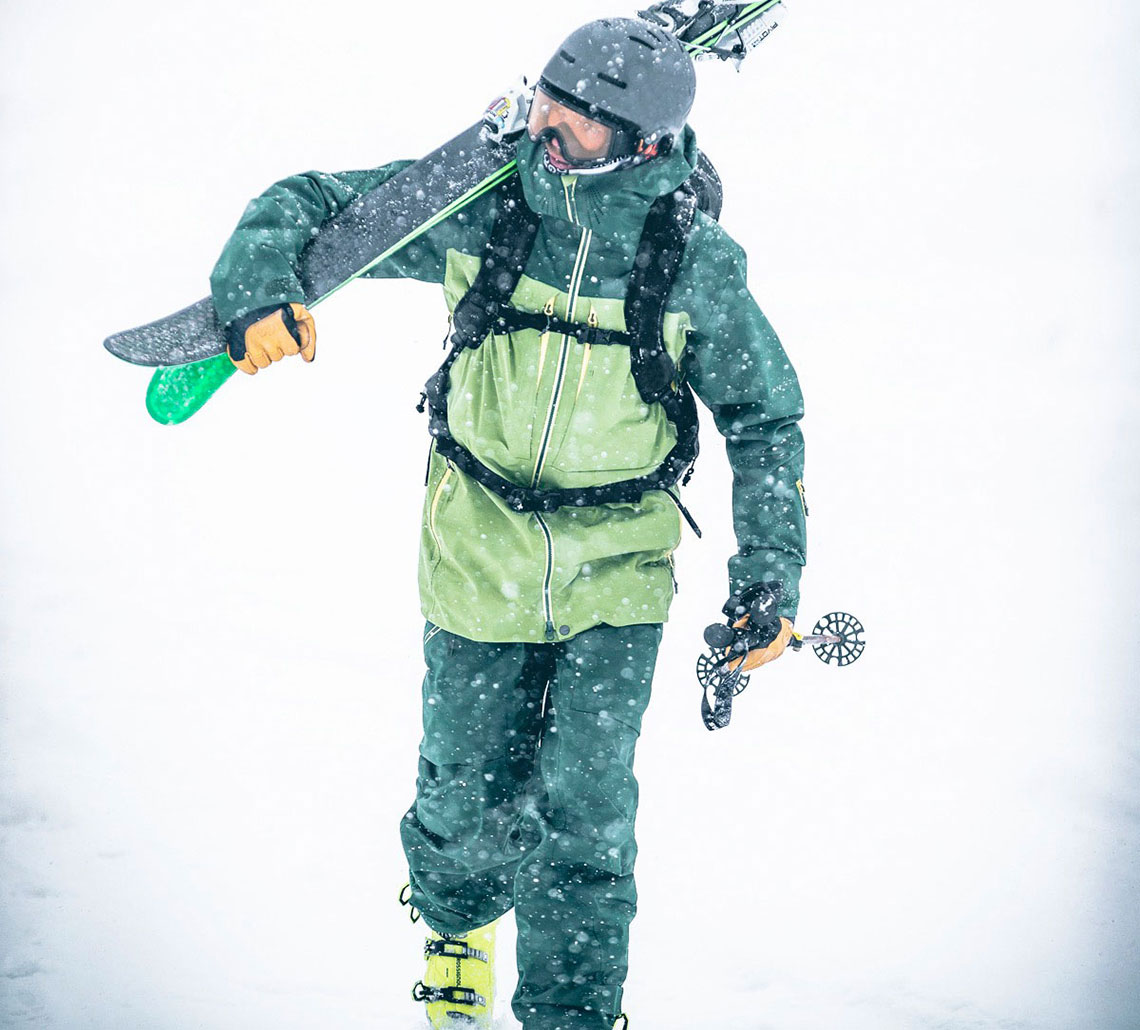
What ski or snowboard pants and for what conditions?
Depending on the conditions and activity, we choose from an insulated version or not. If you are an alpine skier or snowboarder who tends to spend most of the winter in a ski resort (in-bounds) or simply you easily get cold, opt for an insulated version of ski pants. And since the odds of getting wet pants are higher than jacket, synthetic insulation in pants is preferred due to its water resistance and ability to continue providing warmth till the last chairlift ride of the day. However, for those who are dedicated to ski touring, freeriding (higher energy output activity) or alpine climbing which requires hiking, will most likely opt for a non-insulated version. This is also a very weather dependent choice, since we could lay eyes either on softshell or hard shell pants. In the event of choosing softshell pants you should be aware they are meant for high output energy activity with excellent moisture wicking capability as well as with wind stopper membrane, however bear in mind they are not fully waterproof, and taking them into unreliable weather conditions followed by snowfall or rain, could result into ending up wet throughout the day. Nonetheless, if you are headed out knowing the weather is going to be snowy, windy, wet, essentially harsh, you should go for hard shell pants to keep you protected from outer elements (this also applies to ski jackets for example).
Hard shell pants usually have 2 or 3-layer construction, which are constructed for more extended and demanding activities. So, in the end the 3-layer ski or snowboard pants would look like a sandwich-1st is durable outer fabric usually with DWR (durable water repellency) coating to beads water off, 2nd layer entails the waterproof membrane that won’t let the snow through but is also able to transport sweat molecules out on the surface and 3rd layer is a backer or inner layer (sometimes slightly insulated with fleece material). Despite hard shell pants provide the utmost climate protection against rain, snow and wind with fully taped seams, they are not designed to keep you warm as stand-alone piece without reliable base layer underneath (e.g., synthetic, wool or a combination of these two).
Waterproofness and permeability (breathability)
Before we move on, it’s important to mention that besides waterproofness, breathability of pants is also a huge decision factor when picking out the right ski or snowboard pants. Because everyone’s body runs on different kind of fuel as well as sweats differently, it is very important to look for waterproof and breathable ratings on garment. So, when you look at the label, what do those numbers actually mean, 10k/10k, 20k/20k, 30k/30k? Unfortunately, there isn’t a standardized process within the whole industry and manufacturers either outsource the testing to 3rd parties or in their own labs.
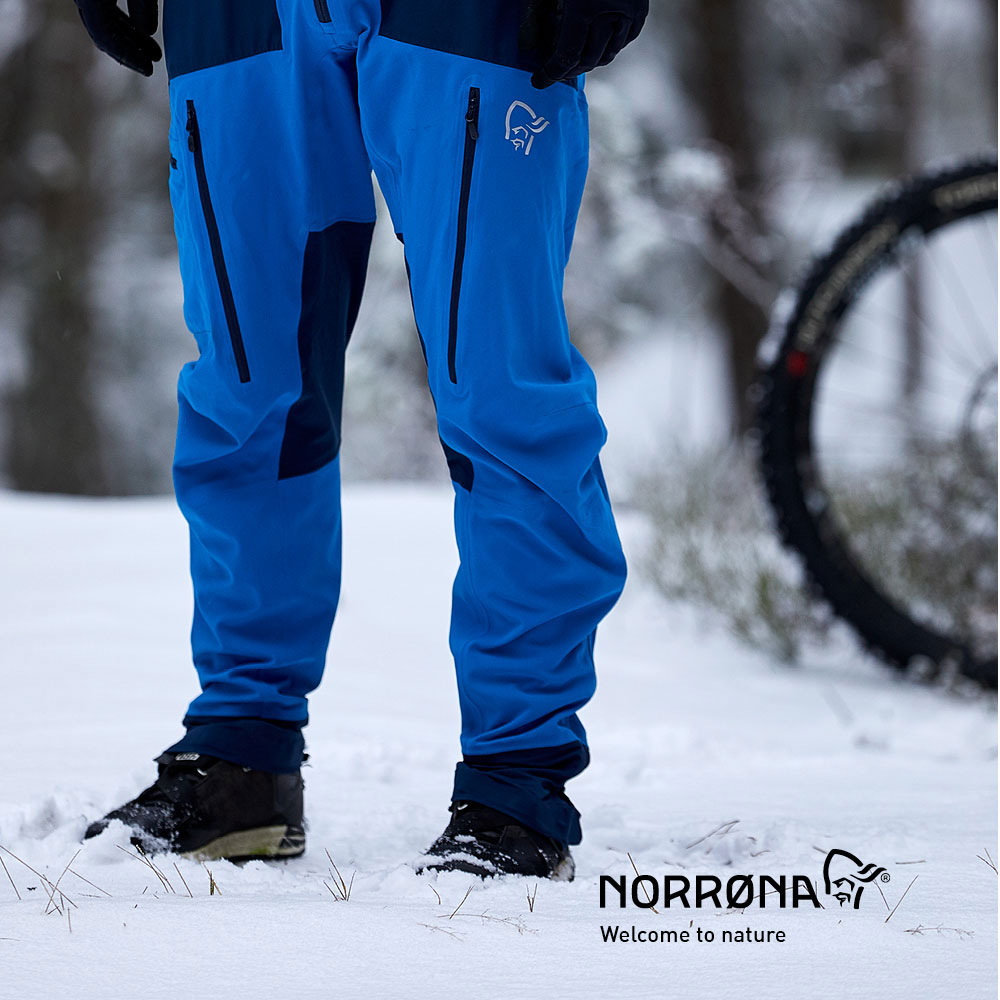
Hard shell pants usually have 2 or 3-layer construction
Essentially, the 1st number stands for waterproofness. The testing of fabric waterproofness consists of placing fabric over upside-down tube measured in millimeters, while water is being applied and therefore creating pressure on the fabric until it starts leaking. Hence the higher number the better chance of withstanding harsh weather. For example, Gore-tex doesn’t state its waterproofness, because they carry a ‘’guaranteed to keep you dry’’ promise but it is believed it’s around 40k.
The rule of thumb is if you are a resort skier in good conditions, look anywhere between 5k to 10k. If you are surrounded by wetter climate pick something between 10k to 20k and if you tend to go to places with unpredictable weather conditions into backcountry, look for 20k+. The 2nd number stands for breathability which, is measured in grams this time. Tested fabric is isolated on 1 square meter and watched how much water vapor can pass through within 24-hour period. In case the brand claims the breathability is 10k (or 10, 000) it would mean the fabric is able to transport water vapor in amount of 10 000g. Even though these numbers might seem impressive, lab tests will never reflect the real time conditions, therefore everyone should stay on guard when picking out the pants or jacket.
What features should ski and snowboards pants have?
Once we successfully keep the water out and stay warm, ski and snowboard pants should definitely have some key features such as side vents on both thighs to prevent excessive overheating, gusseted crotch and articulated patterning for that extra freedom of movement when it is needed, reinforced boots or ankle fabric against sharp ski edges or crampon punctures, or some pants also come with a bib zip-on option and suspenders, or avalanche beacon dedicated pocket. On this note, having a watertight pocket to keep your valuables dry is a key. Despite some outdoor brands claim their pants are waterproof, still be mindful when storing your smartphone in pockets so you don’t get surprised by finding a puddle inside them. So, don’t wait up any longer and gear up for the winter!
©Pyua ©Armada
